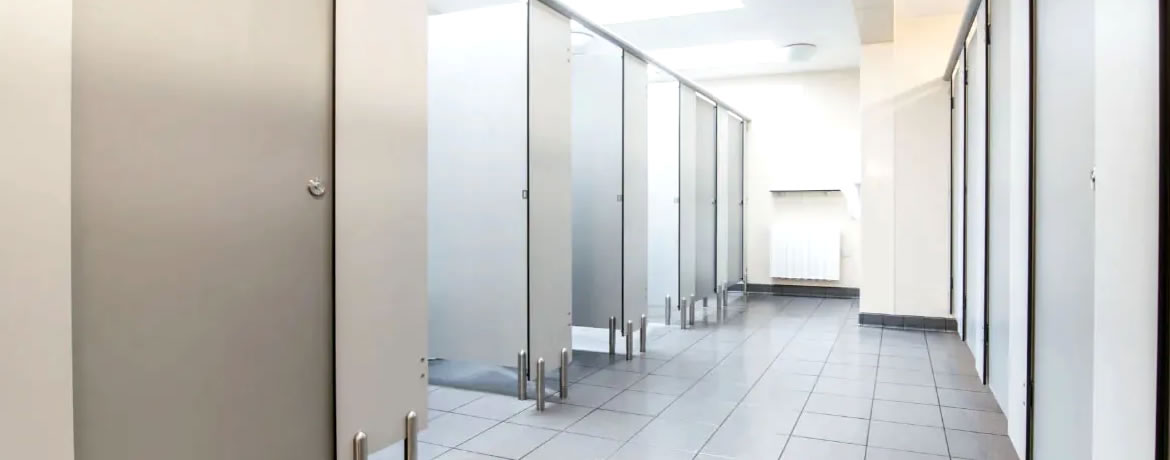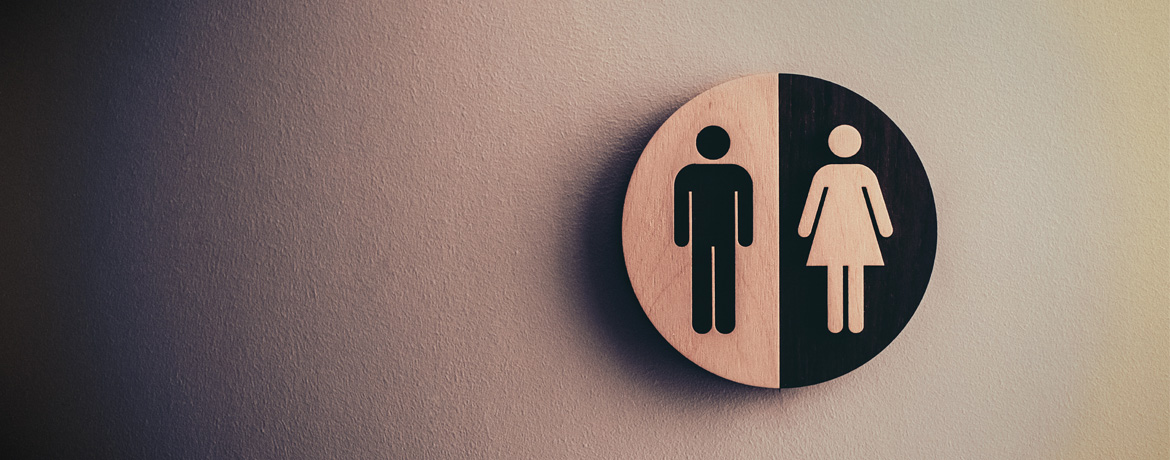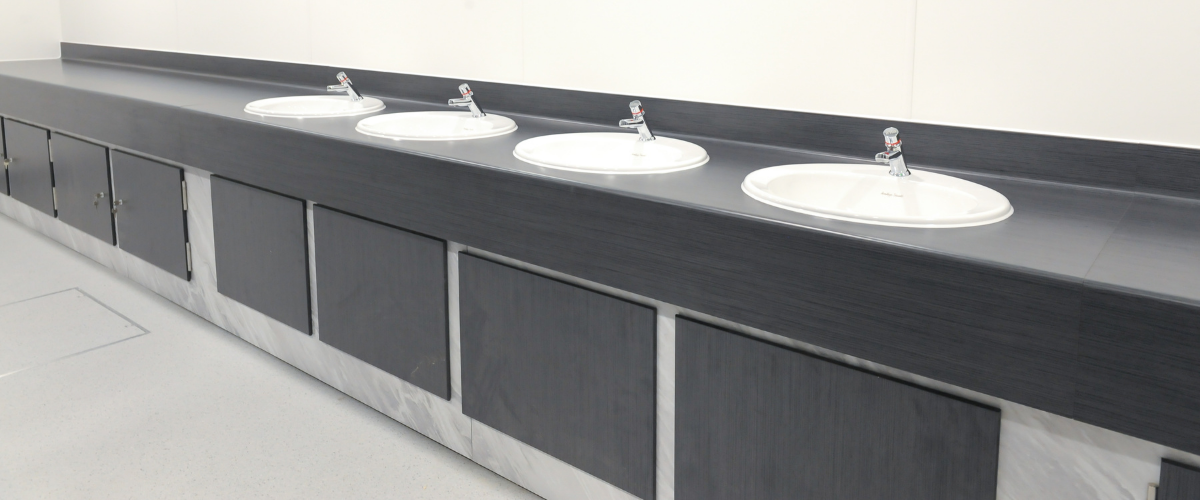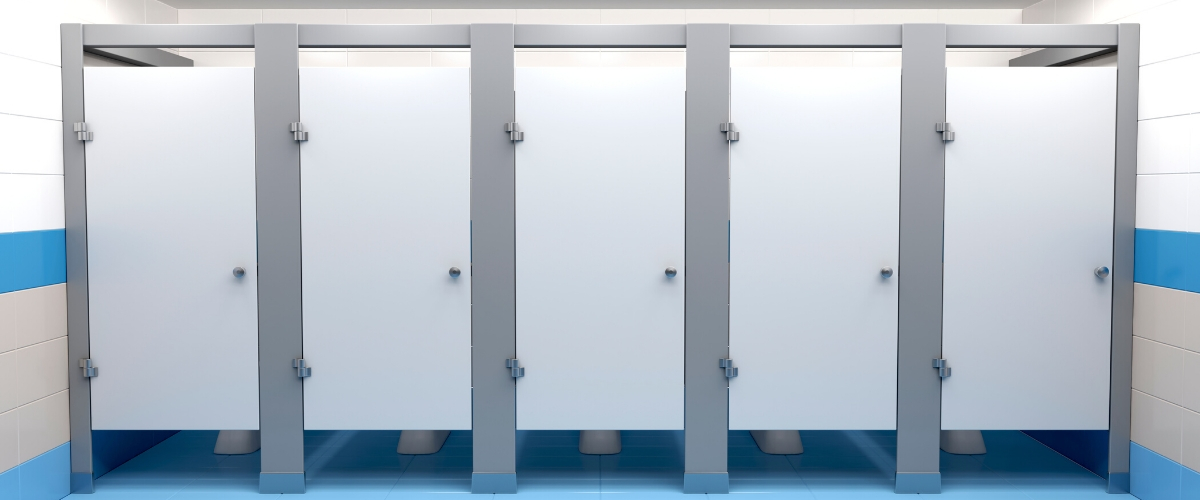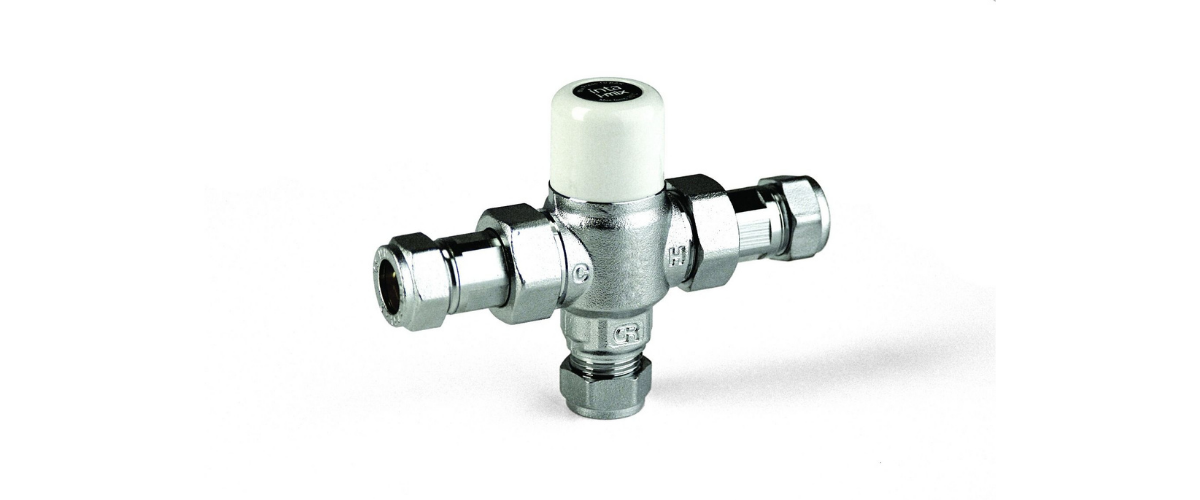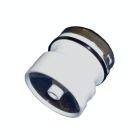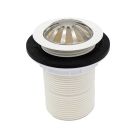How Do Waterless Urinals Work?
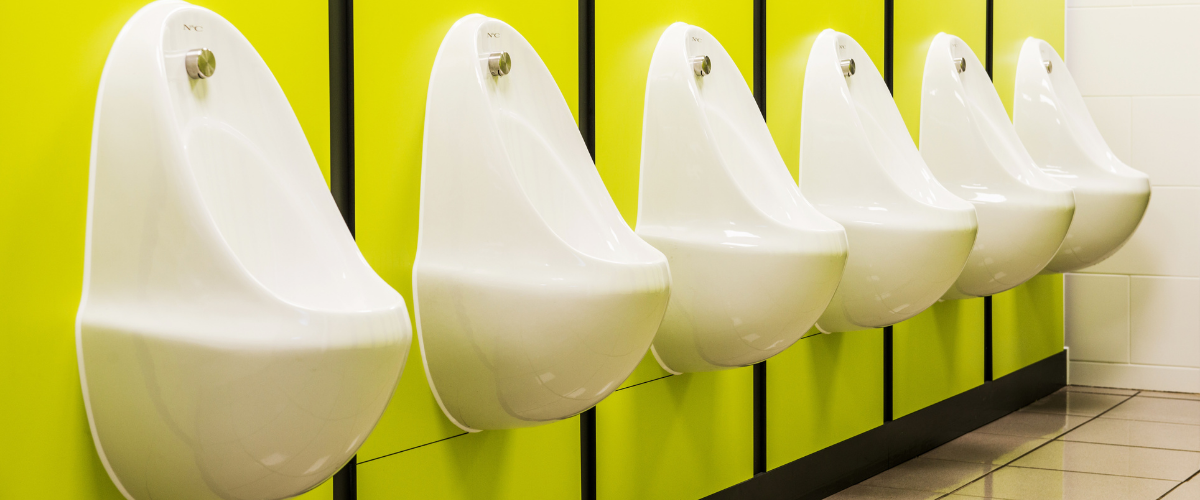
Waterless urinals work by using a cartridge in the waste outlet. This means you no longer need water to flush them. In average to busy washrooms, each waterless urinal can save around 100,000 litres of water per year. Spread that across an entire site, and it’s clear to see there are some big economic and financial savings to be had.
What is a waterless urinal?
As we previously mentioned, a waterless urinal is one that requires no mains water to flush it. Instead, these units have a special cartridge in the waste outlet that sanitises waste water and prevents bad smells from coming back up from the drains. It’s also possible to convert an existing mains-fed urinal into one that no longer requires water to flush it. However, waterless urinals still need regular cleaning, which needs to be carried out using the correct chemicals.
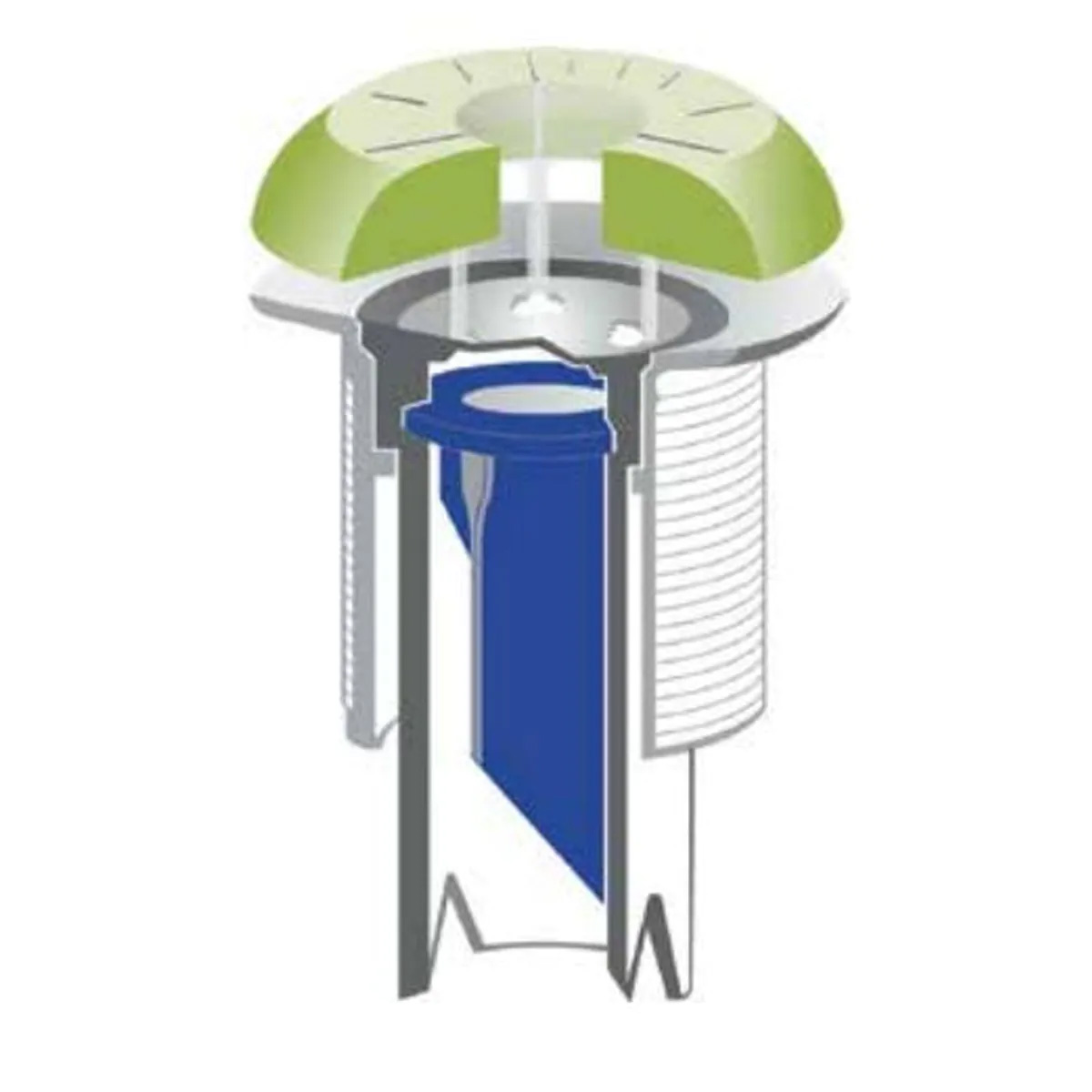

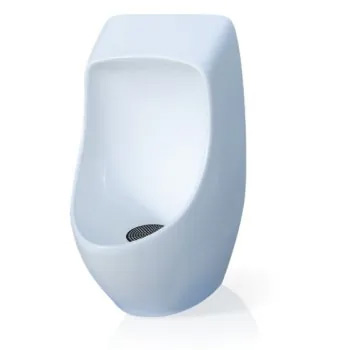

Types of waterless urinal
The type of waterless urinal is actually defined by the way in which the seal is made at the waste outlet. Like we said, one of the main jobs of the waterless urinal cartridge is to prevent bad smells coming back up into the room. There are some cartridges that have an oil based seal, while others create a seal using a mixture of chemicals. Both options work well, but the seals can become damaged if cleaning fluids or soapy water is used on the urinal, or if a bucket of water is poured down them.
There are then sleeve systems, which is one of the main options for retrofitting urinals to become waterless. It’s important to note here that the waste pipework also needs to be replaced, as the build-up of uric acid in the pipes will promote very strong smells when the cartidges need replacing.
One of the strongest names in waterless urinal systems is URIMAT. These urinals have an incredibly strong membrane to stop smells and releases urine into the waste pipes in a unique way. URIMAT waterless urinals are a powerful and robust solution that are perfectly suited to busy, high-traffic commercial environments. We also carry highly durable comercial grade options from Armitage Shanks.
Benefits of waterless urinals
Switching to waterless urinals can deliver a wide range of practical benefits. The big one is reducing your water consumption as water is never needed to flush the urinals. This also cuts down on your sewerage charges too, meaning waterless urinals save money. Needing no mains water feed, they are also a great option where diverting the water feed is tricky. Waterless urinals are a great choice in open air washrooms, or in outbuildings with poor insulation. Because there is no mains water feed, there is no concern over wtaer pipes bursting if the temperature drops below zero. For this reason, many campsites and holiday parks choose waterless urinals.
Waterless urinals installation
The waste is fitted into the waterless urinal first, before mounting and fixing the unit to the wall. Waste pipes are then connected from the waste outlet of the urinal through to the main drain. If you are retro-fitting an existing urinal to be a waterless one, then you will need to decommission the mains water feed before fitting the new waste outlet which will require a waterless urinal cartridge to sanitise waste and prevent foul smells rising. In order to do this, you may need to remove the existing urinal from the wall.
If you would like further advice on how waterless urinals could benefit your washrooms, or to take advantage of our supply and fit service, please get in touch today on 01202 650900.
MORE TO EXPLORE IN Related Posts

Retro-fit Waterless Urinal Pack
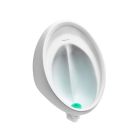
Armitage Shanks Sanura HygenIQ 50cm Waterless Urinal
As low as £480.00 £400.00
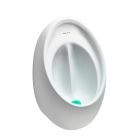
Armitage Shanks Contour HygenIQ 67cm Waterless Urinal
As low as £594.00 £495.00
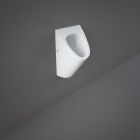
RAK Venice Waterless Urinal complete with Fixing Brackets
As low as £151.20 £126.00
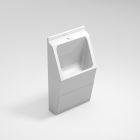
Cheltenham Floor Standing GRP Urinal For Waterless - 1, 2 or 3 Users
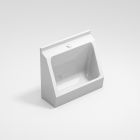
Ascot Wall Mounted GRP Urinal For Waterless - 1, 2, 3 or 4 Users


